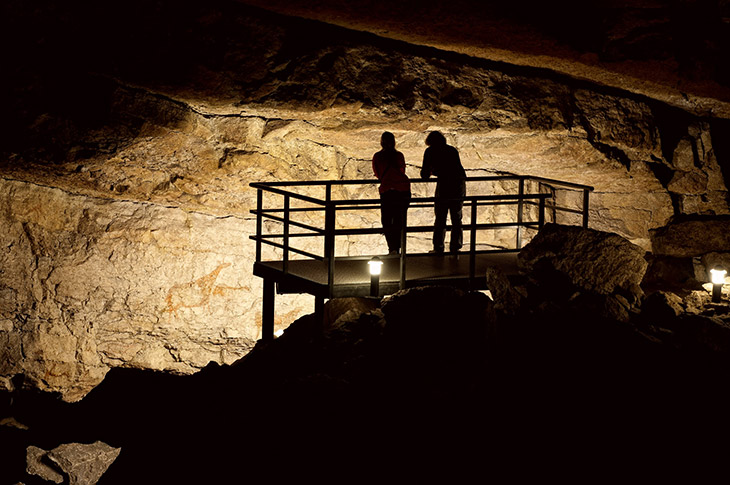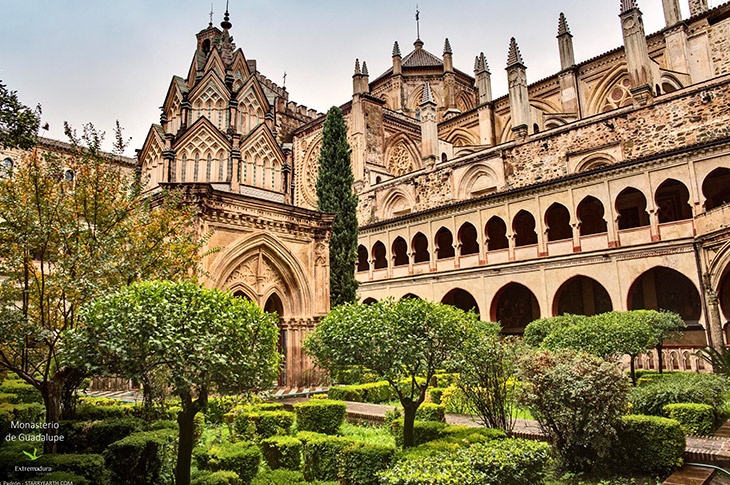Cruce de Caminos: a living network made up of Spain’s heritage soul
Over 3,000 miles of routes to rediscover Spain along its historic trails
From archaeological sites to medieval monasteries, Spain has shaped its collective memory through an ambitious network of cultural routes that cross the country from north to south and east to west. As part of the Cruce de Caminos – Cultural Routes project, eight heritage itineraries have been established that invite visitors to explore the country’s inland living heritage, in an immersive, sustainable, and meaningful way as they journey through the past, via the present. Spanning over 3,000 miles, these routes cross regions of significant historical, cultural, and scenic value and connect more than 20 prominent sites. Each option offers a unique perspective on Spanish heritage, with experiences ranging from cycle tourism and hiking to active participation in traditional festivities. One must-try route is the Vía de la Plata (the Silver Way): the main artery connecting Gijón and Seville, which follows the path of ancient Roman roads as it passes through landmarks such as León, Cáceres, and Mérida. The Way of El Cid follows in the historic and literary wake of this Spanish military leader, through castles, medieval villages, and natural landscapes. The Prehistoric Rock-Art Trails offer access to the very origins of European art in spaces such as the Altamira Caves (Cantabria), where graphic expressions from over 20,000 years ago stand in dialogue with the modern landscape.

The project also identifies points where routes converge: the so-called Cruces de Caminos, or crossroads. These hubs, such as Carmona, Albarracín, or Cáceres, demonstrate the intersection of civilizations, artistic styles, and key moments in the history of the Iberian Peninsula. There, visitors will not only find monuments and historic centers but also the keys to comprehensively interpreting the land, as demonstrated by Alcalá la Real or Frómista, two examples of the links between heritage and context. Beyond the historical narrative, the Cruce de Caminos project aims to revitalize local heritage through experience-based attractions. The Cluny Ibérica route offers access to Romanesque and Gothic monasteries that once served as beacons of medieval thought. Meanwhile, the Routes of Charles V retrace the emperor's journeys with a combination of walking trails, local gastronomy, and historical reenactments.

In southern Spain, Pathways of Passion organizes a cultural calendar that starts in Easter and extends throughout the year, made up of sacred art, workshops, and unique activities. Meanwhile, infrastructure like the Castile Canal offer the chance to explore the country’s 18th-century hydraulic heritage through tourist boat trips, equestrian routes, or cycle tourism. The attractions on offer are diverse and flexible: sailing through 18th-century canals, equestrian tourism, archaeological tours, and even the chance to take part in local traditions. Cruce de Caminos – Cultural Routes in Spain is not just a network of routes: it’s an invitation to experience history through the land itself, with a varied and accessible offering connected to the communities responsible for preserving this heritage.

